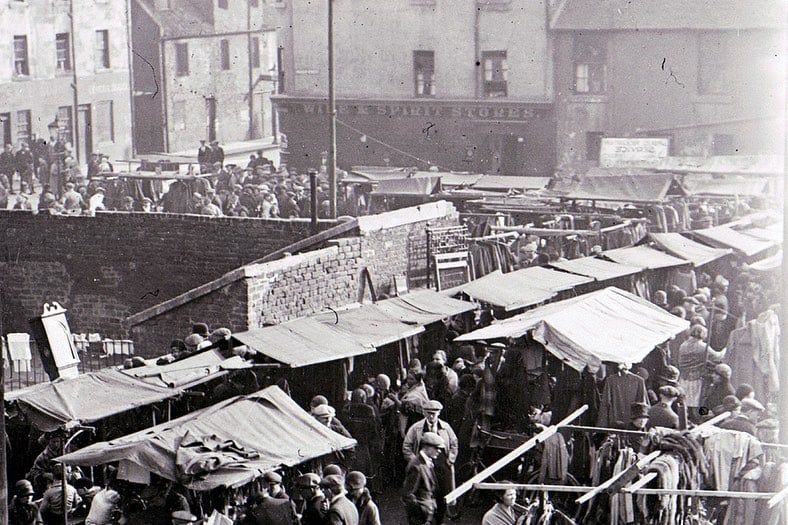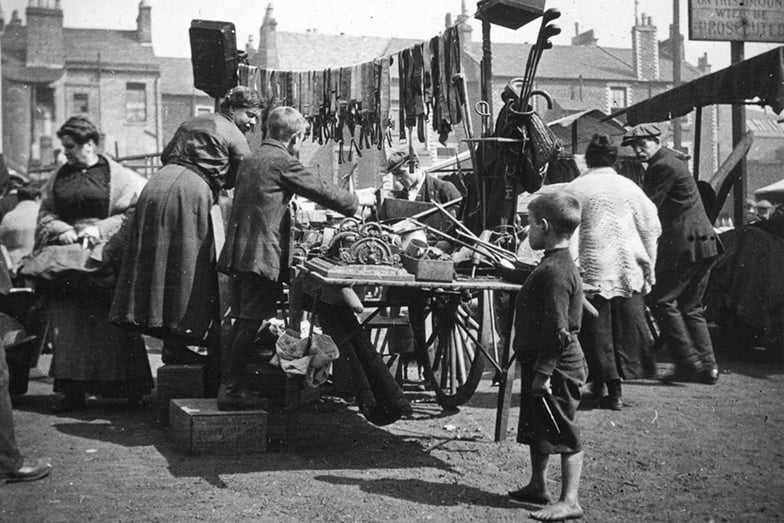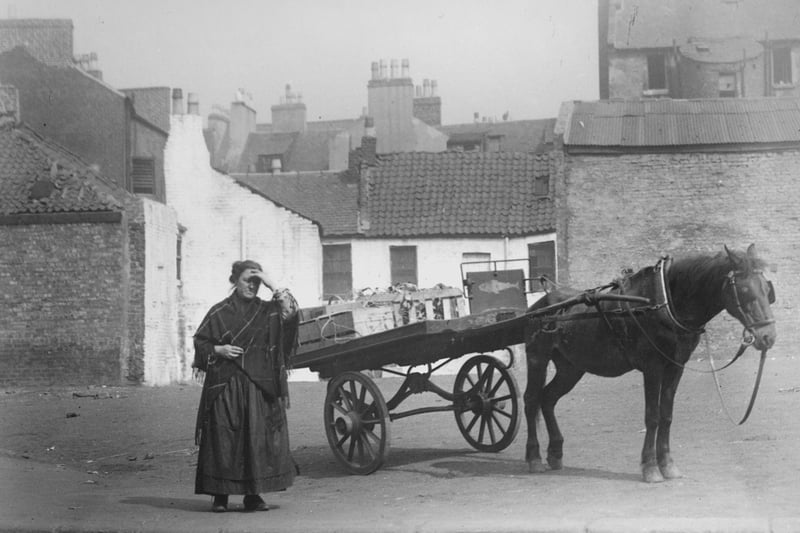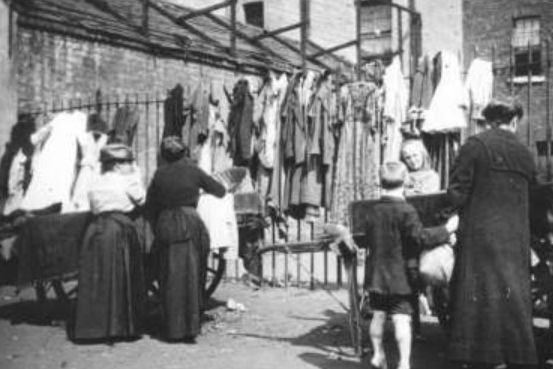The story of the Barras is a Glasgow story through and through - a story of enterprise, community, and trade - over its century long history, the Barras have endured as a lasting icon, an institution that is Glaswegian as they come.
You can't tell the story of the Barras without talking about Maggie McIver, the long-standing boss of the Gallowgate. Starting out from a Barra herself, the story goes that a hawker asked a young Maggie of around 13 to look after her stall and by the time he had come back Maggie had sold half of his stock.
Maggie certainly had the gift of the gab, and within a year the young Bridgeton woman had her own barra, and was selling fruit to theatre-goers in the evening, and fish to market browsers in the morning.
In 1888, Maggie opened a fruit shop with her husband James McIver in Bridgeton, but still maintained a pony and a barra to hawk their wares elsewhere. The couple had the novel idea to buy new barras and hire them out for a shilling a week - and thus an early version of the barras were born, albeit more mobile and less organised.
The McIvers steadily increased their barra provision, but it was after the First World War when business really started booming - with their profits the McIvers bought over land in Calton near the Gallowgate, and started selling just about everything from the Barras they had rented out to stall-holders around 1921.
They were open until midnight every Saturday and, when everyone had packed up, the McIvers started clearing up, as Maggie would not let anyone complain they had left a mess.
Around 1926 Margaret commissioned the construction of the skeleton that would become the indoors Barras market, just as a cover to keep the rain off all the produce the hawkers were peddling, around this time too the Barras were replaced with stalls - by 1928 the market became fully enclosed with electricity throughout.
After James died in 1930, Maggie’s next venture was to build a function hall above the market, as for many years she had been organising functions for the market traders and hawkers every year. This of course, was the Barrowland Ballroom, born on Christmas Eve 1939 - it quickly became the hottest place in town, which arguably it remains to this day, with international acts gracing the city year on year.
In 1958 the ballroom was to be the victim of a fire, but it was to rise from the ashes on Christmas Eve 1960 with a new sign taking pride of place. Maggie died the same year the ballroom burned down, but her most famous saying echoes through the Barras to this day: "Work hard and keip the heid".
Words we should all live by - take a look below as we explore the Barras through the years, witnessing through old pictures the rich social tapestry the markets weaved in Glasgow's East End.

1. Proto-Barras
A very early version of the Barras

2. The Barras (Circa. 1900)
The Barras at the turn of the 20th century. The Barras market was subsequently built on this site.

3. Fish! (Circa. 1916)
A few short years before the Barras were set up, this woman sells fish from a horse and cart on the Gallowgate.

4. The Barras (Circa. 1900)
Another early image of a makeshift clothing stall at the Barras
